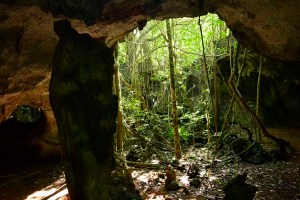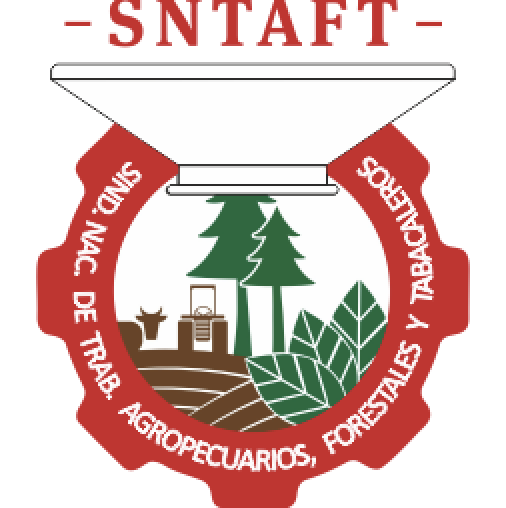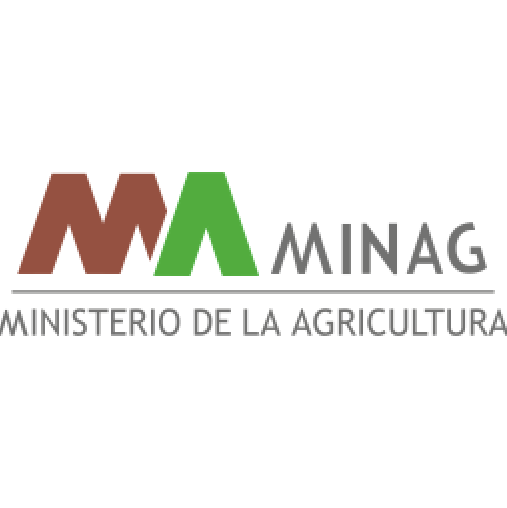GAF
Chronicle: On the roadside, from Calvary to Paradise (2)
By 1930 the use of the Guanahacabibes forests and land was as follows: Cayuco, Cortés, La Grifa, Las Martinas, Malpotón and La Jarreta were in the hands of the Cuban Land.
Land ownership and use
The rest of the Guanahacabibes Peninsula belonged to said Corporation, Finca San Rafael. The rest of the property of the Peninsula was distributed as follows: a good part of the lands of El Cayuco, Los Incinitos and La Fe in the hands of Los Hermanos Palacios; Jovero y Blanquizales de Pablo Pérez Valdés and the rest of the area were in the hands of Miguel Saludes and Waldemar Vidal.
Guanahacabibenses maintained for hundreds of years a harmony with the environment, according to their standard of living. This distribution of land use and the irrational exploitation of the forest, brought with it in just 30 years, from 1916 to 1946, that the North American Company Finca San Rafael S.A. carried out a clear and indiscriminate felling.
They extracted the main timber riches of the Peninsula, at the cost of the inhumane work of the ax-makers, huntsmen and coal miners. This turned the Guanahacabibes Peninsula into an ordeal, where the mountain occupied every inch of the environment and displaced the forests.
Life on the Guanahacabibes Peninsula
Before 1959 the life of the Cape inhabitants was almost implausible. Lonely in the bush, long hours away from the family, hard work and poor pay for the extraction of coal, which was not in currency, but in vouchers, to buy essential products.
The ancient inhabitants say that most of the time they owed everything they earned. This was a method of controlling the population so that they did not leave these lands and continue working with no future.
It was a territory where its inhabitants were in total misery, unhealthy and illiterate, without any social protection that lived on how little the forest could contribute.
Task that they had to assume after completing the work for the tenants and foremen at the service of the local caciques who were the true owners.
The regeneration of forest wealth
The natural impact gave way to desolation, despair, and the abandonment of poor wage earners, used as cheap labor, turning an ancient earthly paradise into an ordeal.
This was the legacy that the Revolution found in January 1959. For this reason, with the work of Dr. Antonio Núñez Jiménez and the specialists from the Cuban Academy of Sciences, plus the collaboration of foreign specialists, comprehensive studies of the Peninsula began. Guanahacabibes and decided
Establish a forest reorganization plan to recover the timber resources and the revitalization of the forest, both botanically and biologically and of its natural resources.
In this sense, it was decided to leave intangible two natural reserves, Cabo Corrientes, of which we have already written and El Veral, both created on July 10, 1963.
The objective was to allow the forest to regenerate spontaneously to achieve a natural forest that could be compared to the forests that would be treated under a plan of forest reorganization and silvicultural work.
In this way, the Cuban Revolution, from its beginnings, took the first steps for the recovery of the forests of Cuba, which, from a 14% forest cover it found in 1959, has achieved, after 61 years, the reforestation of more than 30% of its national territory between natural and productive forests.
In Guanahacabibes this long work has managed to recover great values ??of biological diversity and a high state of conservation. The most important forest plant formation is semi-deciduous forest.
They occupy more than 65% of the area on the Peninsula, with a high diversity, where more than 130 forest species have been identified, among other botanical values. This has contributed to the Guanahacabibes Peninsula being declared by Unesco a Biosphere Reserve in 1987.




